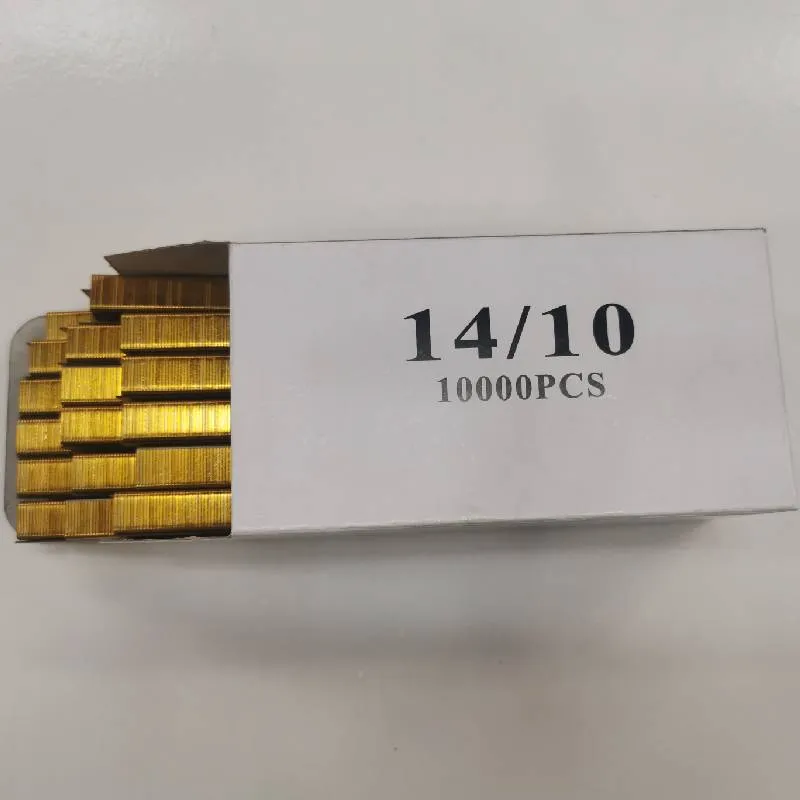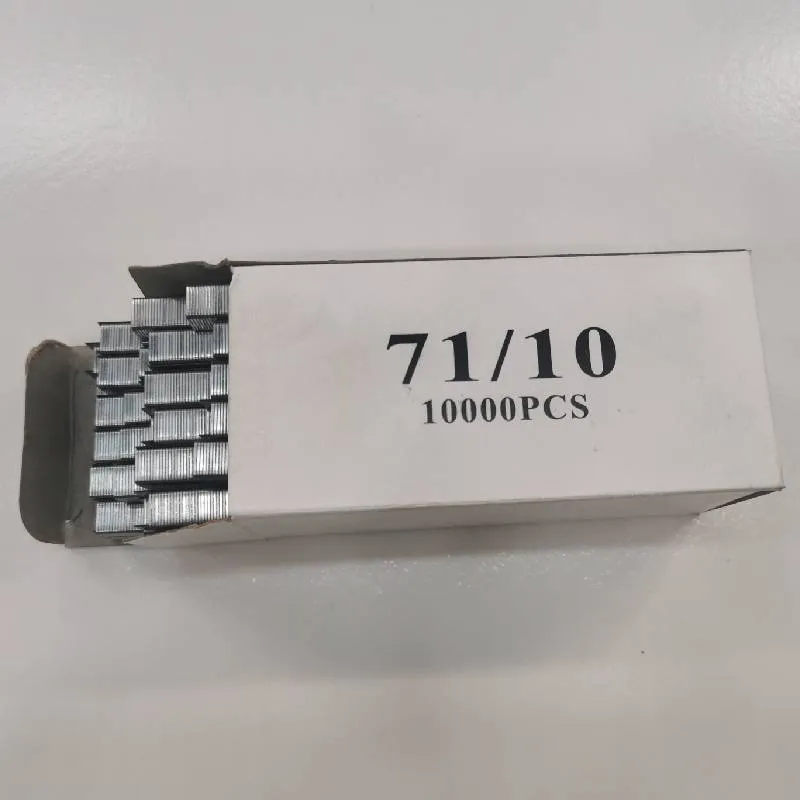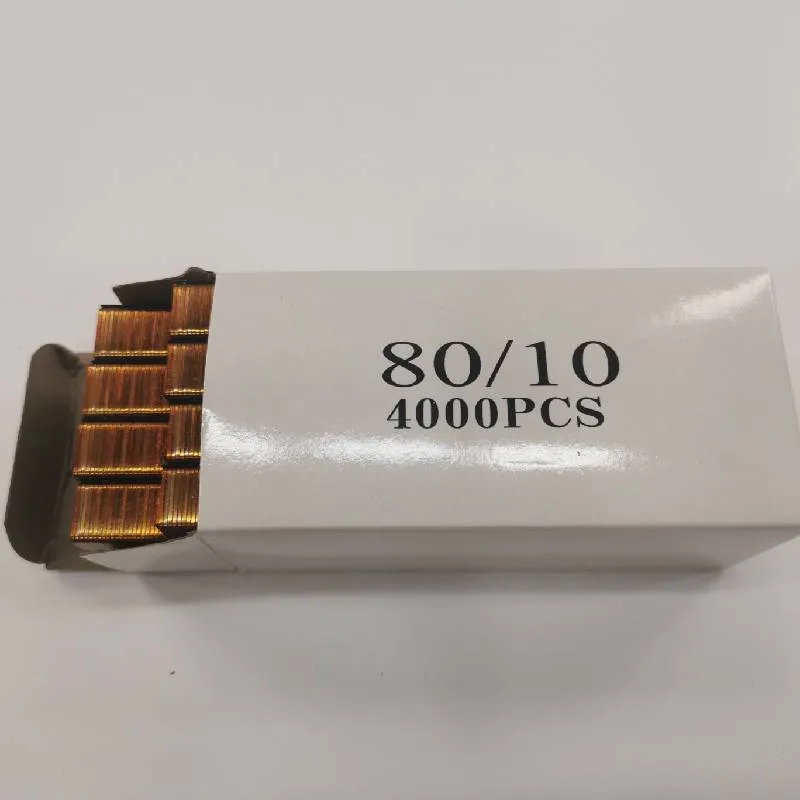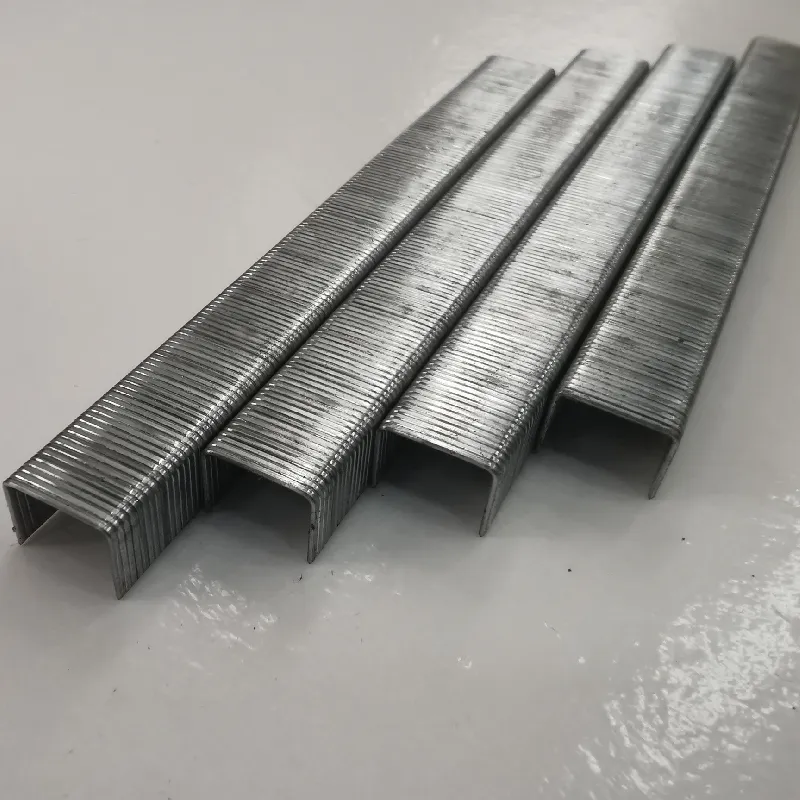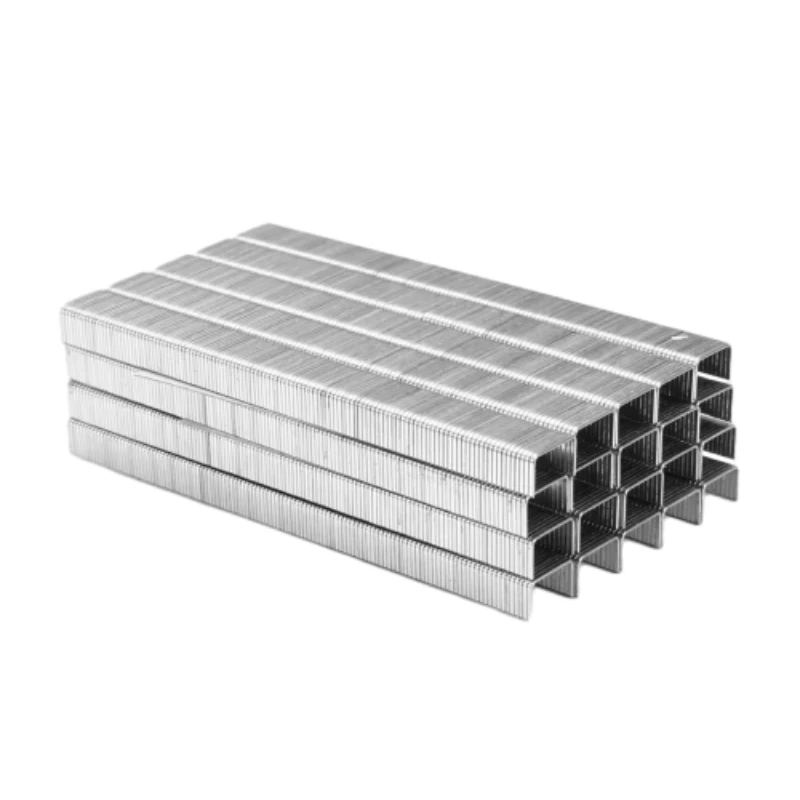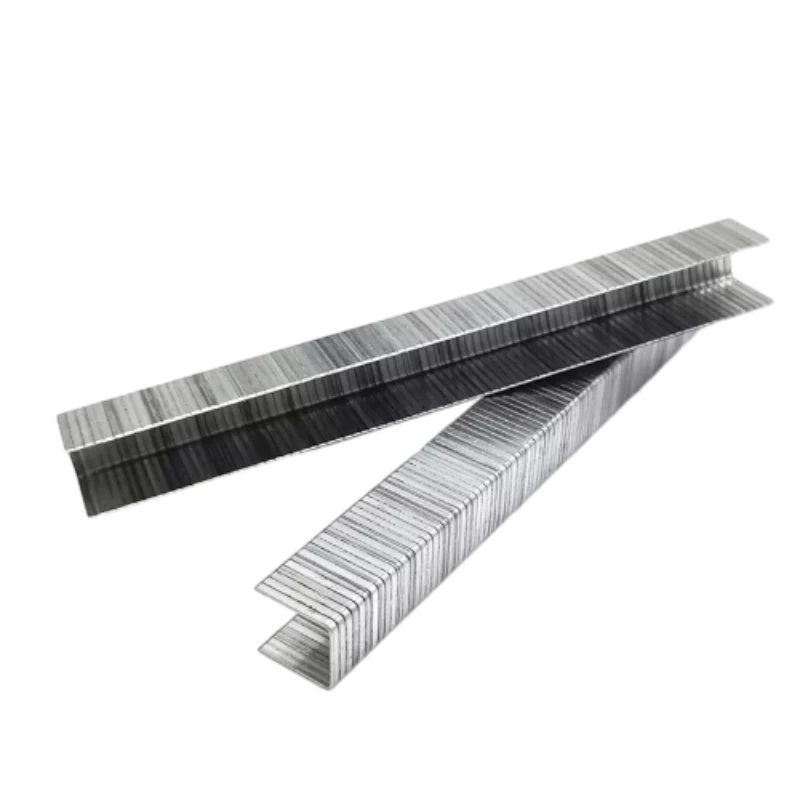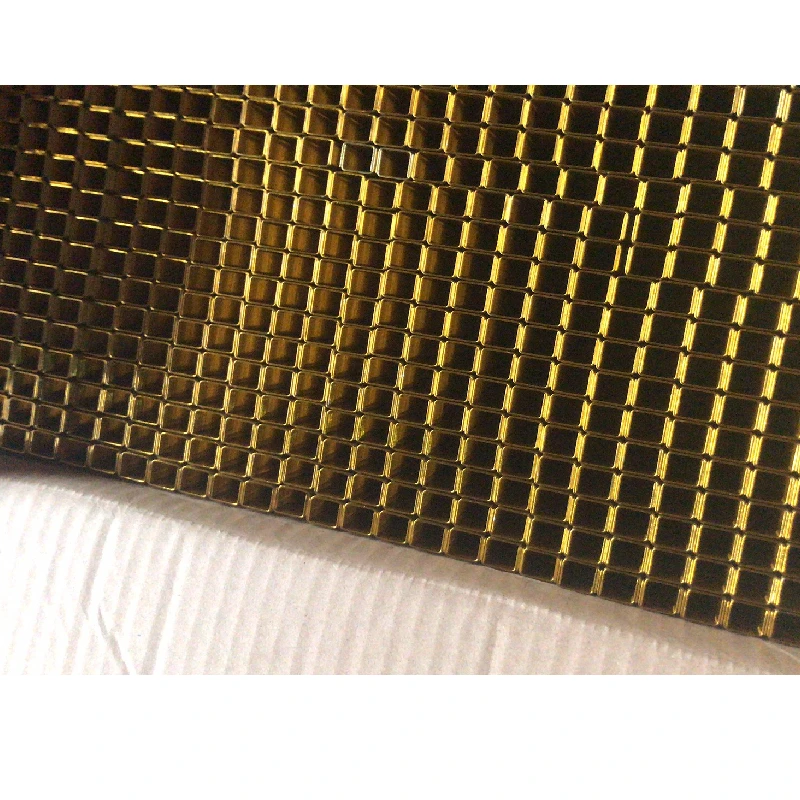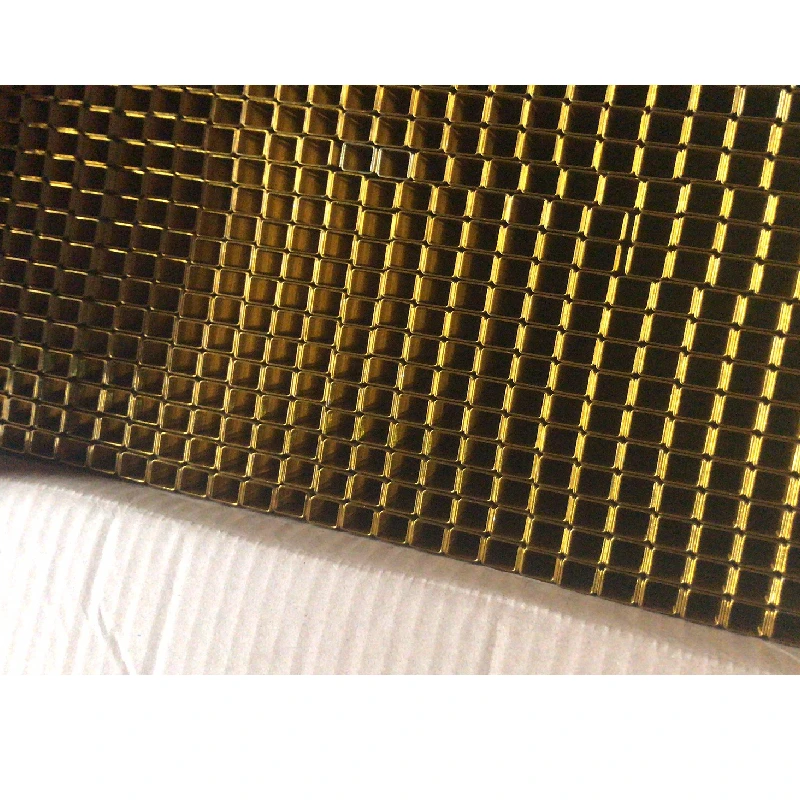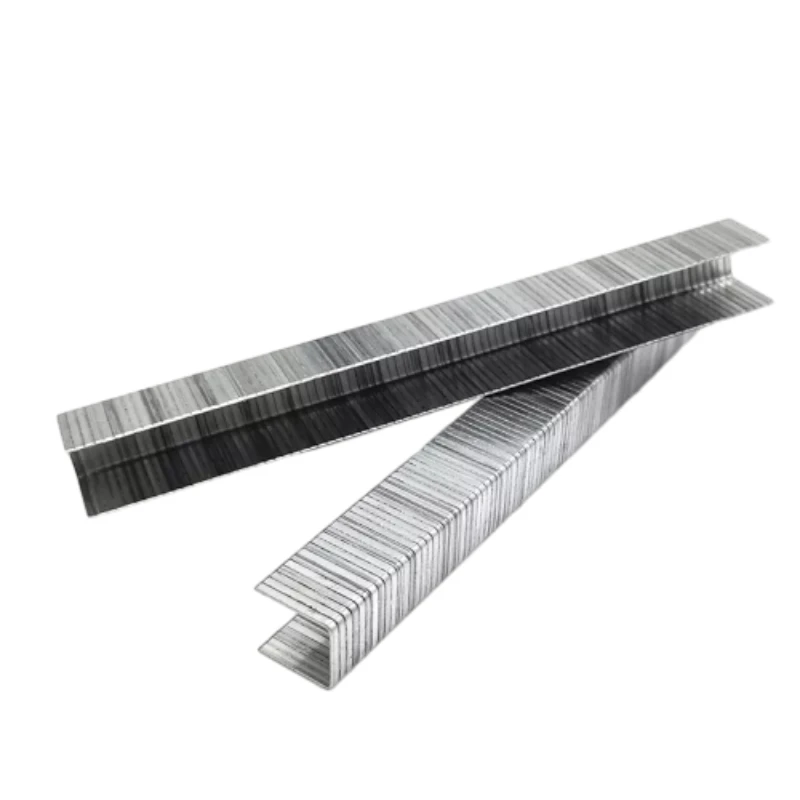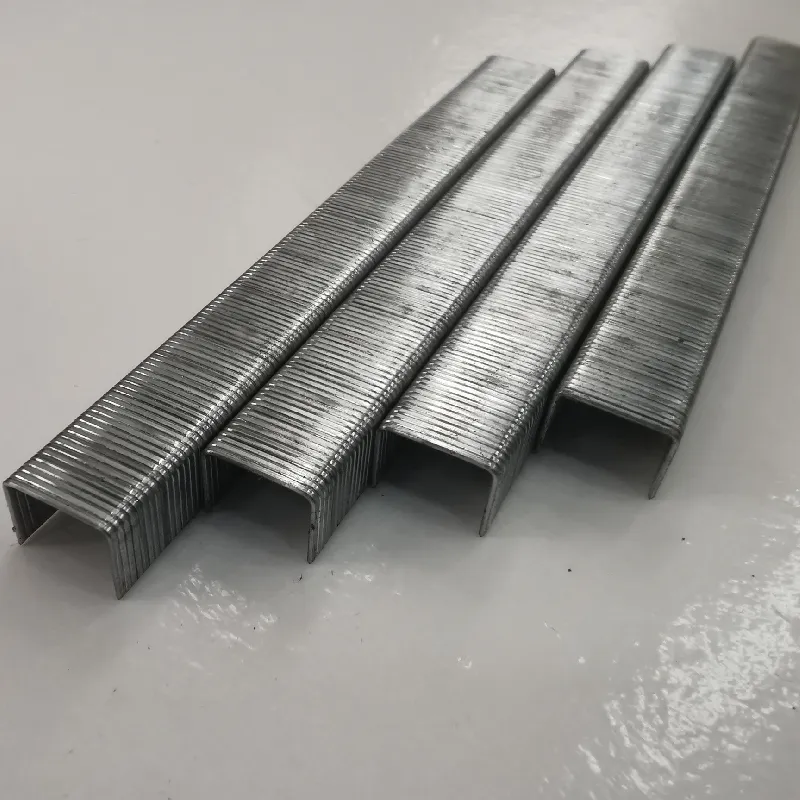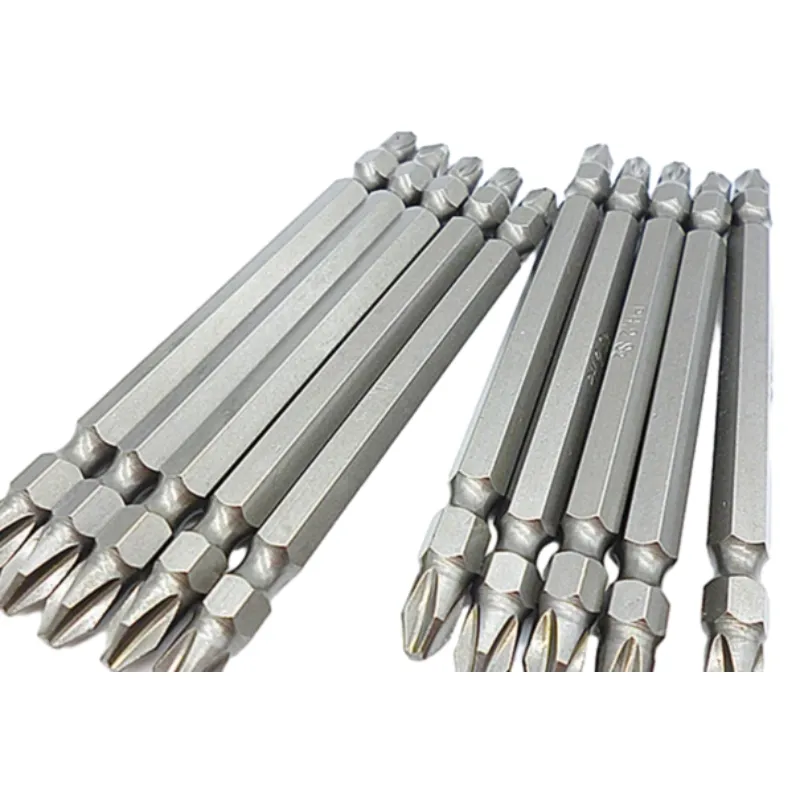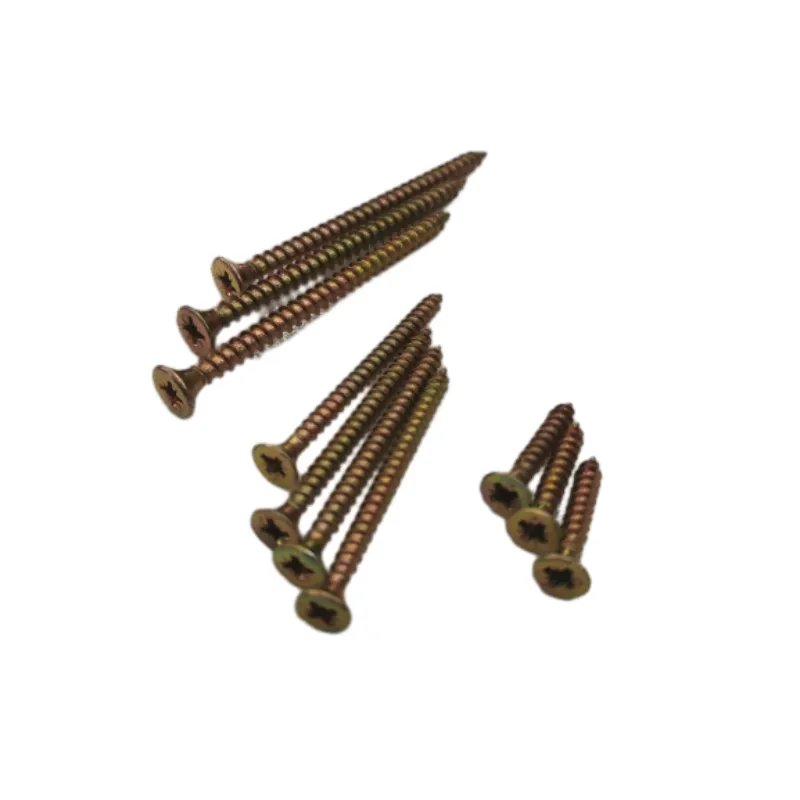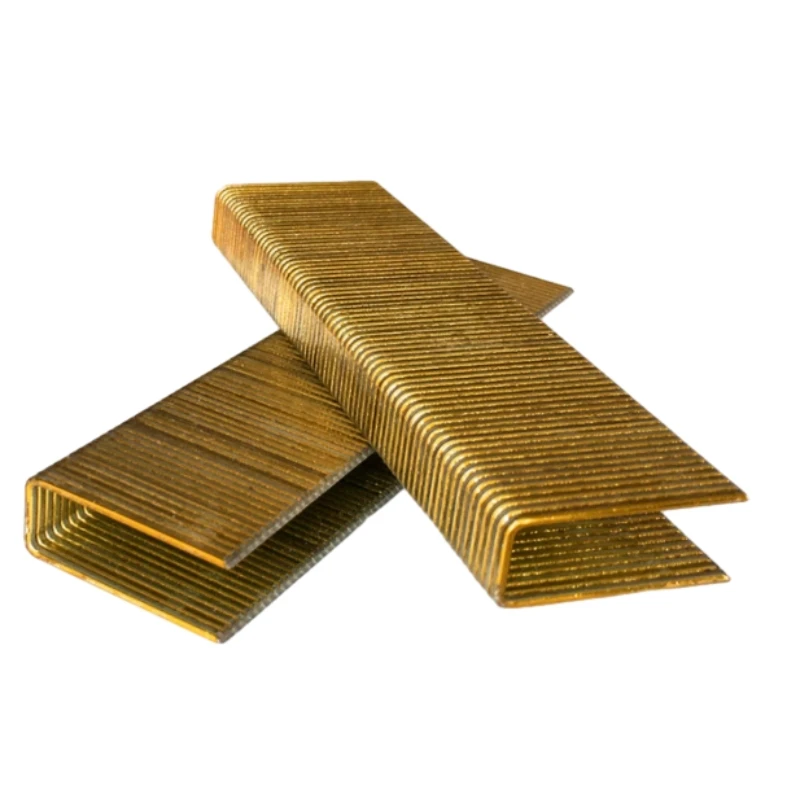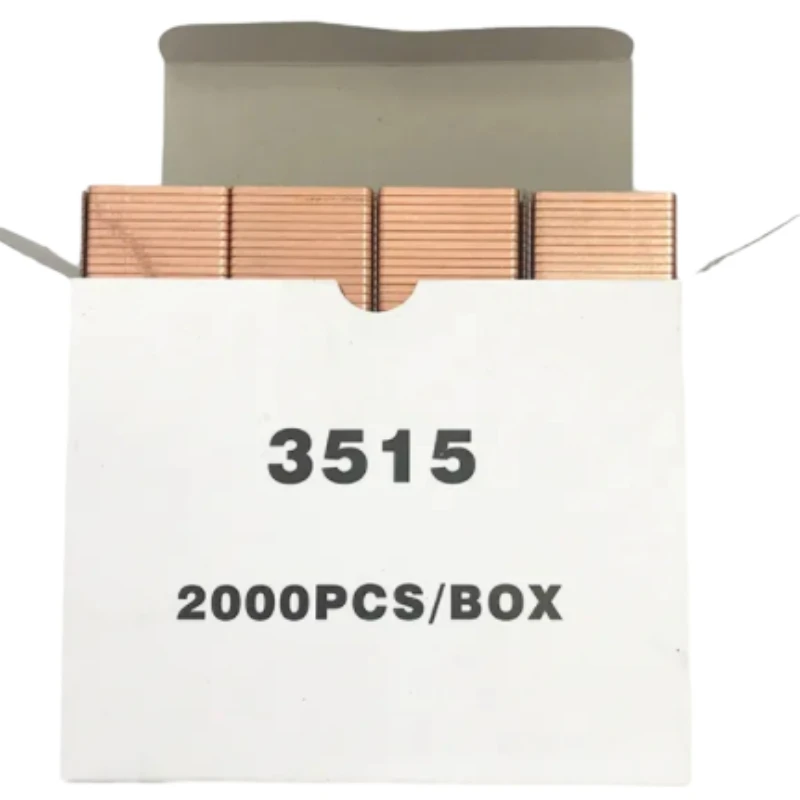What Is Staple Wire?
Staple wire is the fundamental raw material from which staples are produced. It typically consists of steel wire that has been drawn to a precise diameter and treated to meet the strength, flexibility, and corrosion resistance requirements of the finished staples. The gauge or thickness of the staple wire is a critical factor in determining the staple's holding power and suitability for different materials. For example, thinner wire is used to create staples for fastening paper and light materials, while thicker wire is used in heavy-duty staples designed for wood, upholstery, or construction applications. The wire itself often undergoes surface treatments, such as galvanization or coating with zinc or other protective materials, to enhance corrosion resistance, especially for staples intended for outdoor use or humid environments. The manufacturing process involves feeding the staple wire into machines that cut it into uniform lengths and then bend it into the familiar U-shaped staples with defined leg lengths and crown widths. The quality of the staple wire affects the overall performance of the staple, including its ability to penetrate materials without bending or breaking, as well as its longevity once fastened. Using high-quality staple wire ensures that the final staple product can reliably secure materials together, resist environmental degradation, and maintain its hold over time. In addition, the physical properties of the wire—such as tensile strength and ductility—are optimized to balance ease of use with durability. Therefore, understanding what staple wire is and how it influences the staples’ characteristics helps users choose the right staples for their specific fastening needs.
What Is Staple Wire And Its Importance In Stapling?
Staple wire is the metal filament that forms the backbone of all staples, and its characteristics fundamentally determine the quality, strength, and durability of the finished staple product. Typically made from steel or stainless steel, staple wire is drawn to exact diameters to ensure uniformity in the size and performance of staples. The thickness of this wire, also known as the gauge, influences the staple’s ability to penetrate different materials and its holding power once inserted. Thicker staple wire provides greater strength and is used for heavy-duty applications, such as fastening wood or thick fabrics, while thinner wire staples are used in offices for paper binding. Additionally, the surface of the staple wire is often treated or coated to improve resistance to rust and corrosion, especially important in environments with high humidity or outdoor exposure. This treatment extends the staple’s lifespan and preserves the appearance of the fastened materials by preventing unsightly rust stains. The manufacturing process for staples involves cutting the staple wire into precise lengths and shaping it into the characteristic U-shape with consistent leg length and crown width, all critical for proper stapler compatibility and performance. A poor-quality staple wire can result in staples that bend prematurely, break during fastening, or fail to hold materials securely. Therefore, the quality of the staple wire directly impacts the efficiency and reliability of stapling operations across various industries. Whether for everyday office use or specialized industrial applications, understanding the importance of staple wire helps users select staples that perform reliably and maintain strong fastenings over time.
What Are The Different Types Of Staples?
There are many different types of staples, each designed to meet specific fastening needs across diverse industries and applications. The most common type is the standard office staple, made from thin wire with short legs, primarily used for fastening paper documents. These staples come in various sizes, such as the popular 26/6 or 53 series, tailored to fit specific staplers and paper thicknesses. For heavier materials, there are heavy-duty staples with thicker wire and longer legs, which can fasten cardboard, fabric, or insulation effectively. Upholstery staples feature wider crowns and longer legs to secure fabric tightly to furniture frames without tearing the material. Construction staples or crown staples are available in narrow and wide crown varieties, used for fastening roofing felt, wiring, or insulation panels in building projects. Cable staples are specialized U-shaped fasteners designed to hold electrical cables and wires securely while protecting them from damage. Medical staples are used in surgeries to close wounds or incisions, designed for biocompatibility and minimal tissue trauma. In packaging, staples are employed to secure boxes and crates, often with reinforced wire for extra strength. The different types of staples reflect the diversity of fastening challenges encountered in daily life and industry, and selecting the correct staple type ensures optimal holding power, material protection, and efficiency. Whether you need staples for office use, upholstery, construction, or specialized industrial applications, understanding the varieties available is key to successful fastening.














































































































